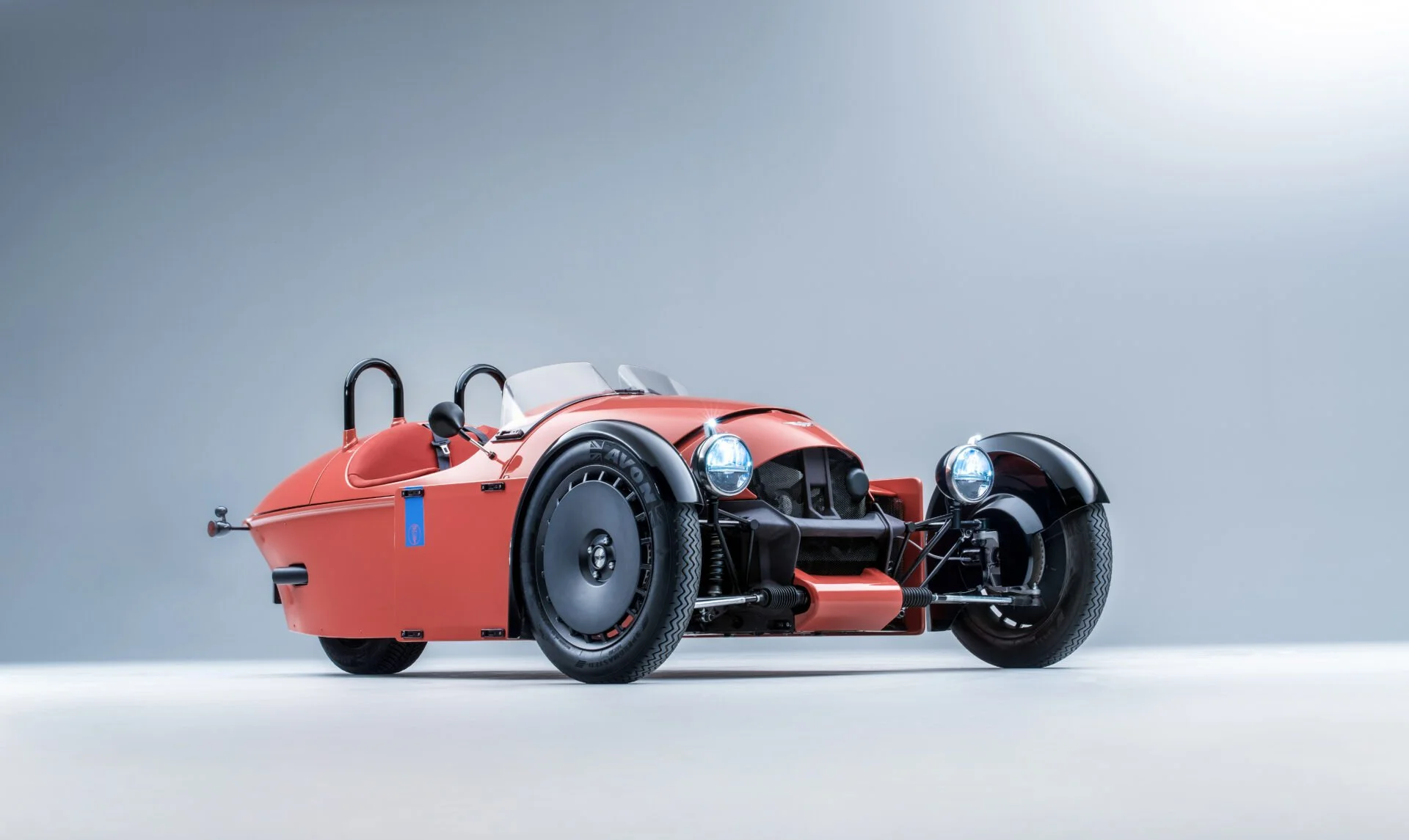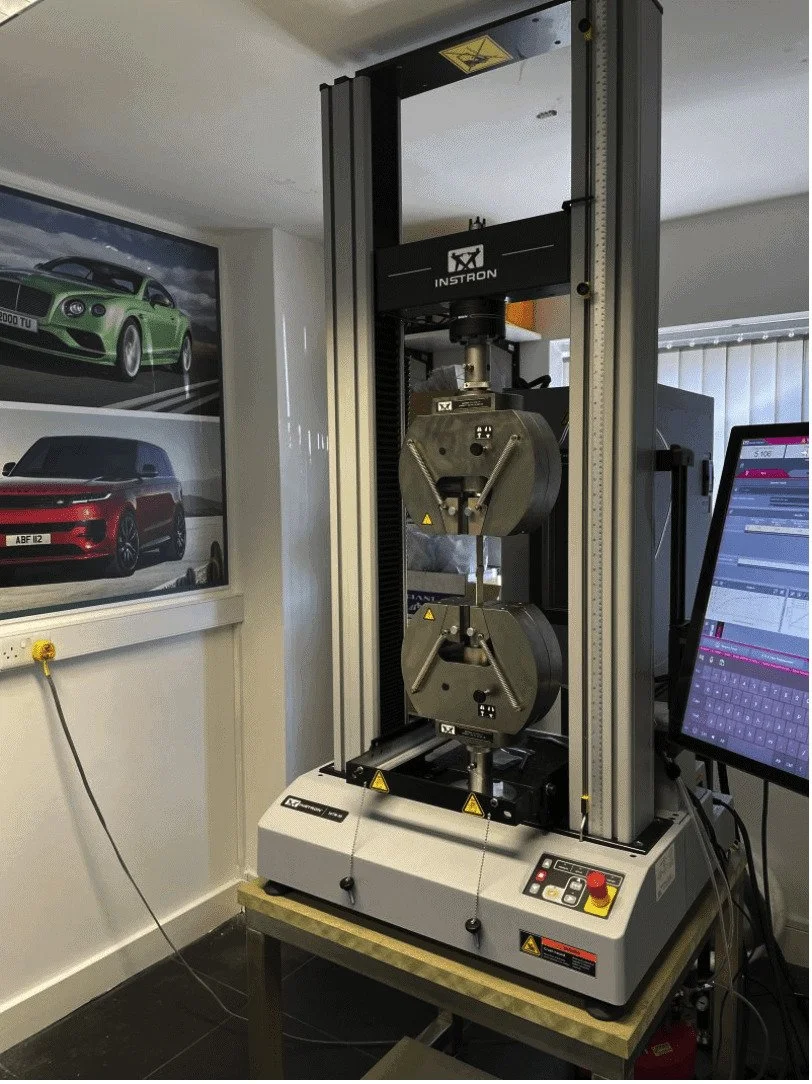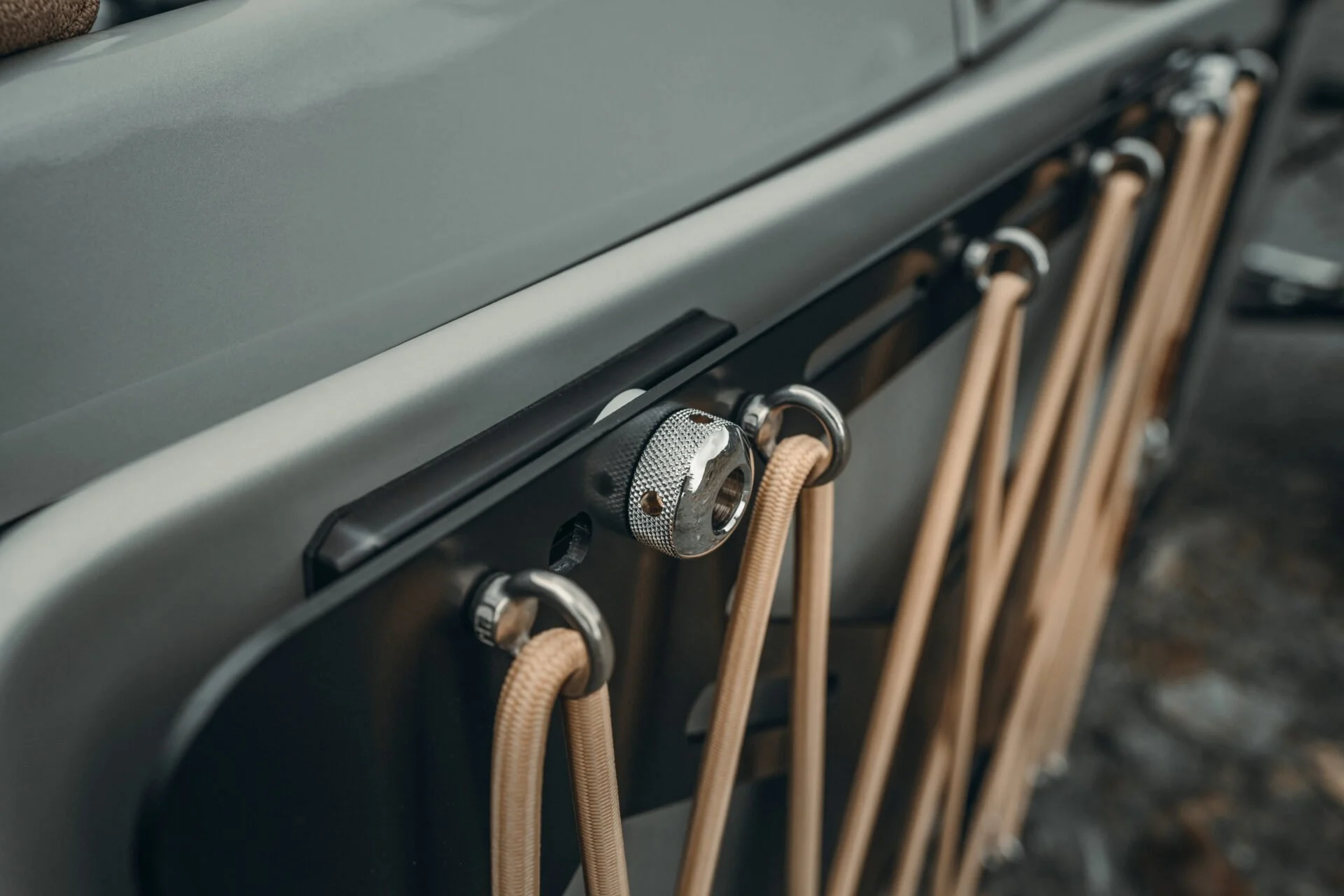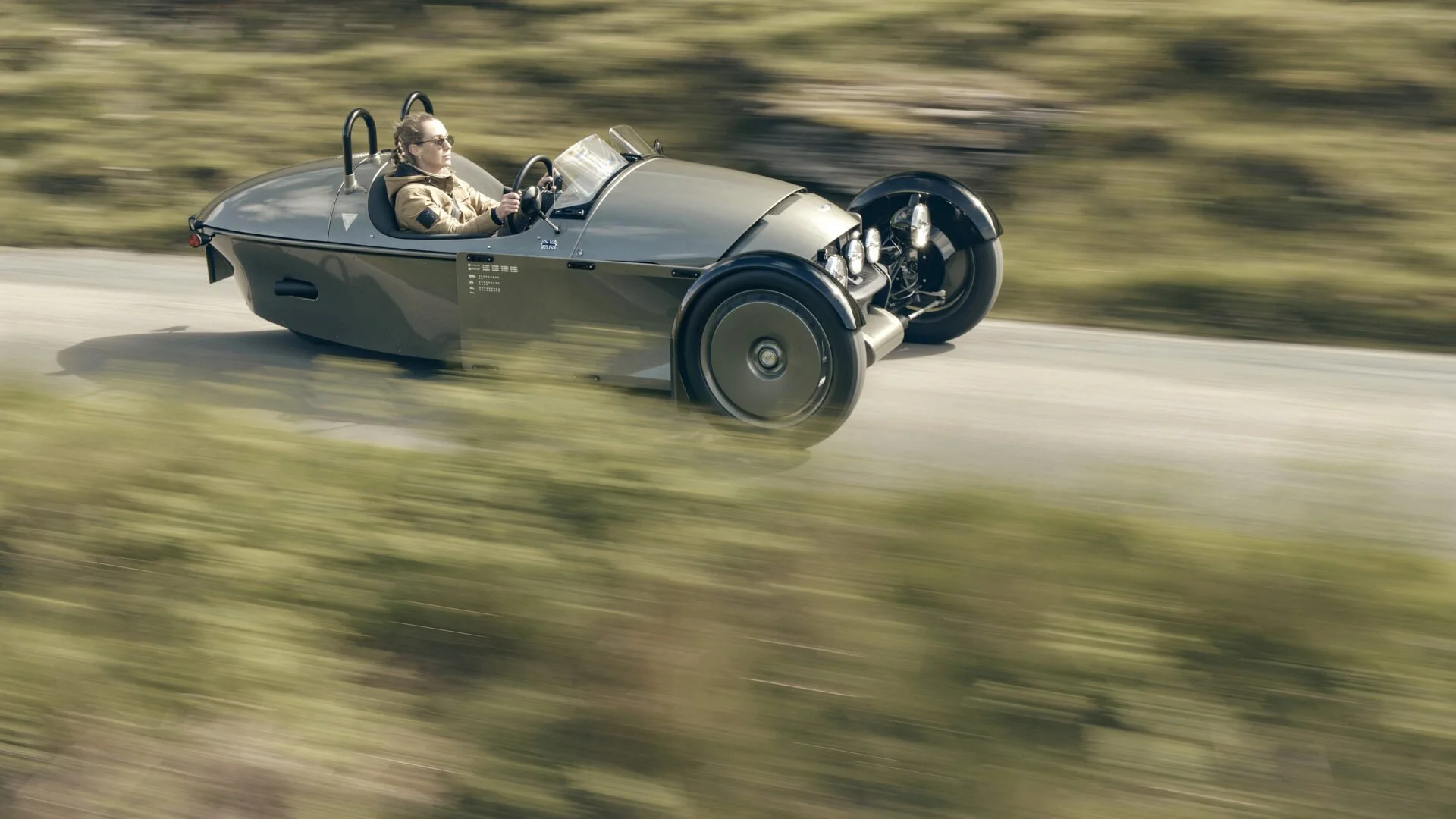Optimised TiZr conversion coating for enhanced structural bonding.
Is there such a thing as ‘retro-futuristic’?
This is the term used to describe the Morgan Super 3 and you can see why. It’s a three-wheeled open top sports car that would look at home in a 1930s movie but looks are deceiving. This is a super modern lightweight car built around the company’s new CX aluminium platform, with a 118bhp Ford-sourced three-cylinder engine giving 0-62 mph in 7 seconds and a top speed of 130mph. It looks and is great fun, loud and certainly distinctive.
Ensuring high structural strength in a lightweight chassis
This is a fanatically detailed build as you would expect from Morgan, with every component serving a technical purpose. Certain build aspects needed a particular technical expertise – one in which we are well qualified to supply, namely, treating aluminium for enhanced structural bonding using Titanium Zirconium (TiZr) passivation.
Super-formed aluminium panels form part of the monocoque chassis. These delicate panels are critical to the strength of the lightweight build and they need to bond together with superior strength and precision.
Bonding to powder coated interior door panels
The interior panels of the car doors challenged us with two-fold powder coating requirement. As would be expected, as this is a large, exposed area the finish needed to be attractive to look at and touch. In addition, some metal components would need to be bonded directly on to this powder coated finish. This would require research into the best powder coating to use and rigorous testing of the bond strengths achieved with different options.
Laboratory testing with Instron, XRF and RFU technology
From the outset of the vehicle design we worked with Morgan to establish the optimum TiZr pre-treatment system that would be needed to both bond the chassis components and create the correct preparation for powder coating on the inner door panels.
We start all powder coating treatments with testing - checking the cleanliness of the aluminium, essential for optimising conversion coating. The cleaner the metal the more effective the passivation treatment. In our Surface Characterisation Laboratory we have XRF and RFU Spectrometry technology allowing us to accurately assess the metal cleanliness before we apply our optimised TiZr passivation process.
Following TiZr treatment, we carried out a suite of tests to ensure that our pre-treatment processes would yield the desired result with strongly bonded panels within the chassis. We used Instron mechanical testing technology to test the strength of adhesive bonding achieved after TiZr passivation. Bond strengths would also be put to the test by Morgan themselves, under varying conditions that a vehicle might encounter including environmental conditions as well as forces simulating travel at speed over rough ground.
For bonding on to the powder coated inner door surface, the powder coating had to meet Morgan Motor Engineering Standard (MMES)1.30 specification. It was necessary to test and re-test a number of different powder coatings before a suitable one was found. We recommended and applied a metallic polyester powder from Tiger Coatings.
Prototype to production under one roof
With the rigour and analysis derived from these tests Morgan could move into production phase.
We have the capability and facilities at our plant to take your project from lab trials to prototype and then to full production. After lab-scale testing we run a 7-stage pilot line for prototype part testing. Then we can move to full production with two 14-stage full-sized immersion treatment lines with envelope of 4m x 1.5m x 0.5m.






